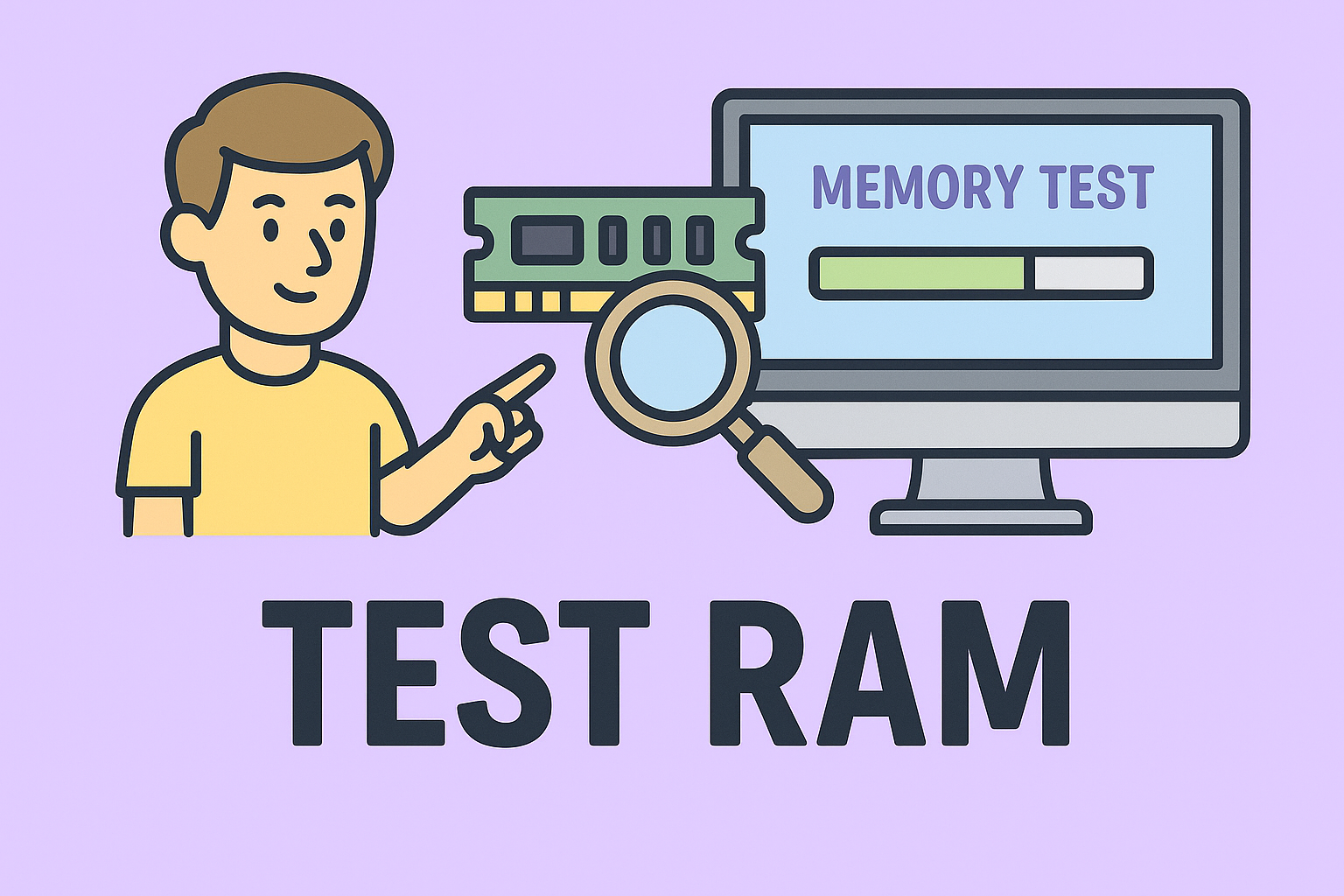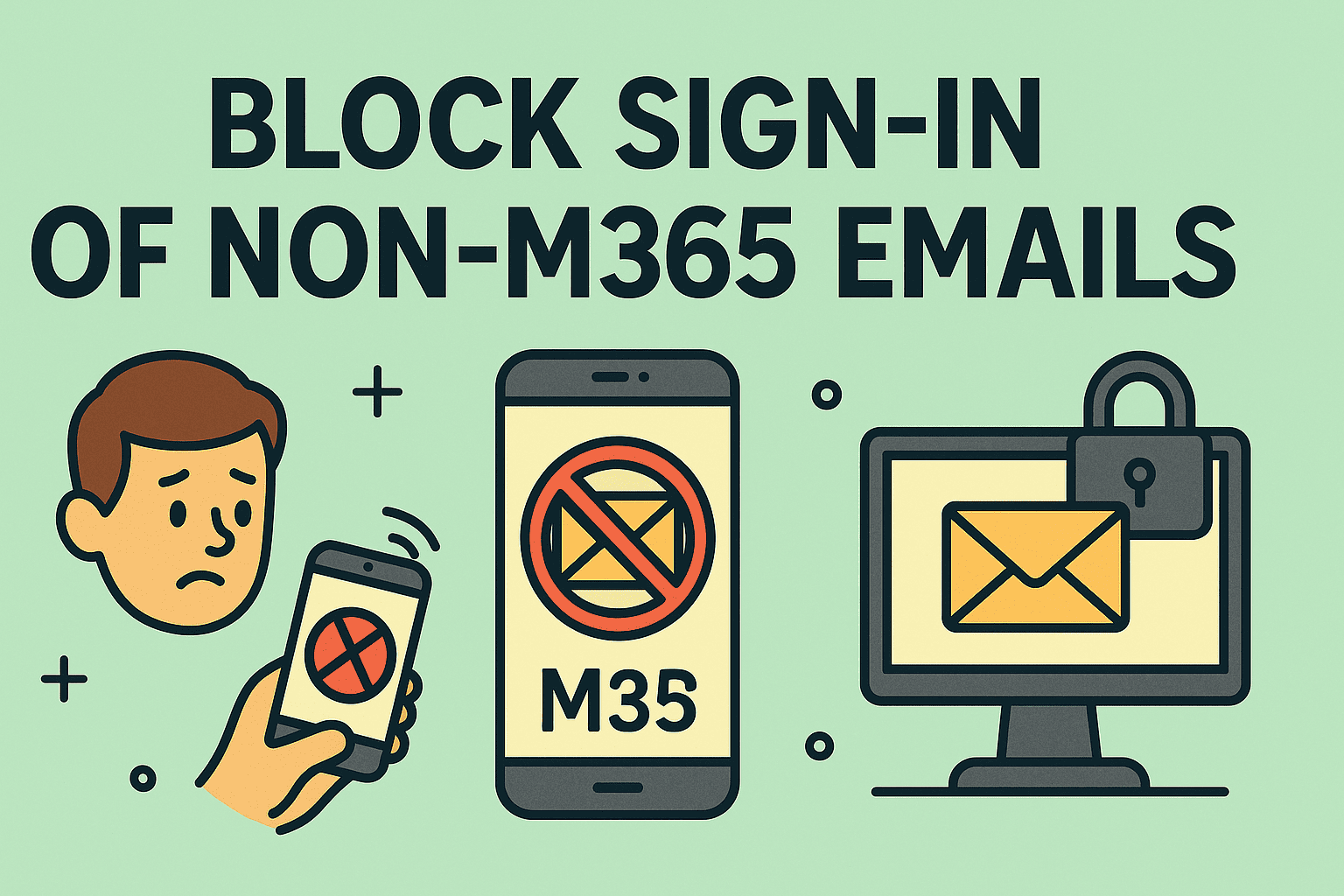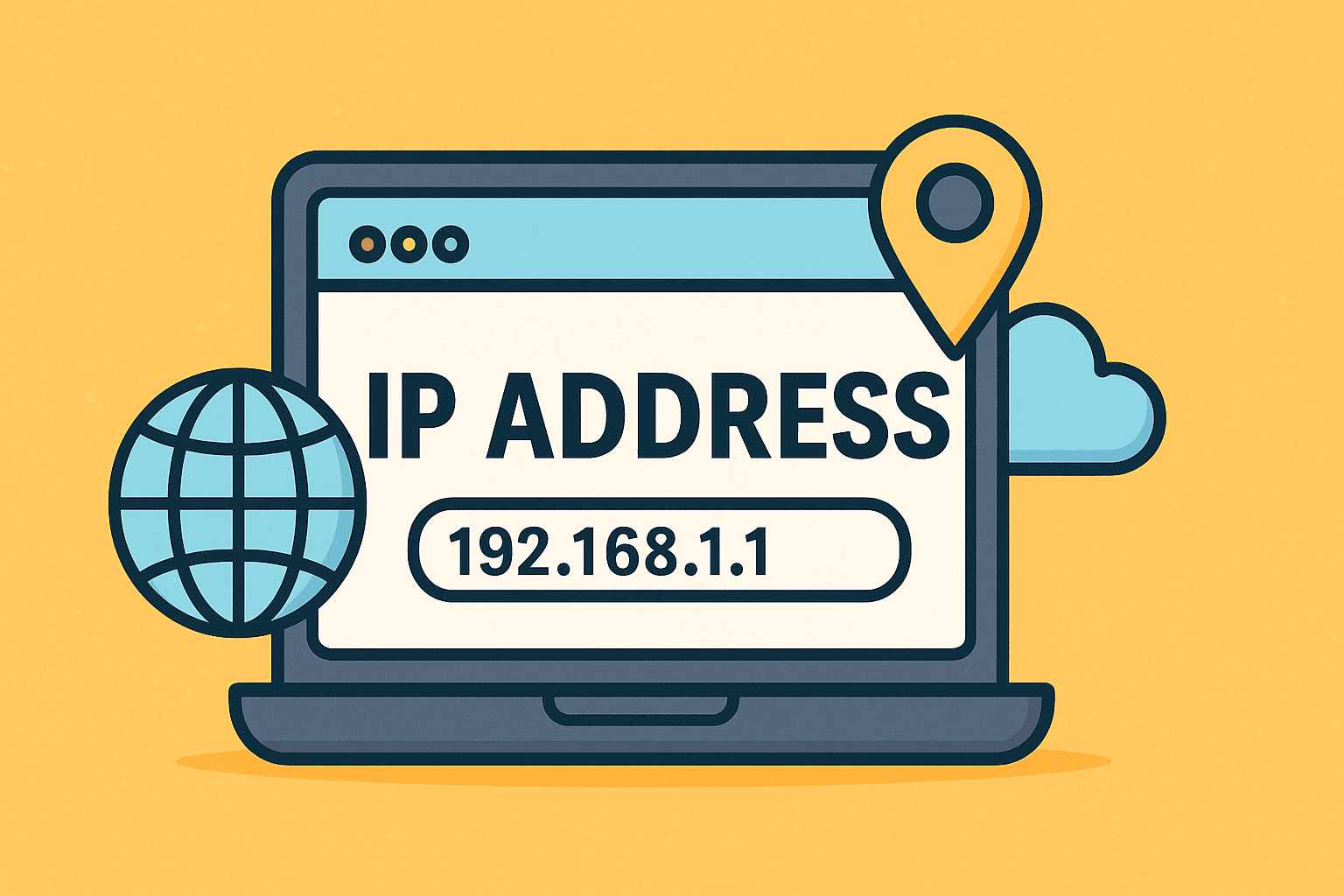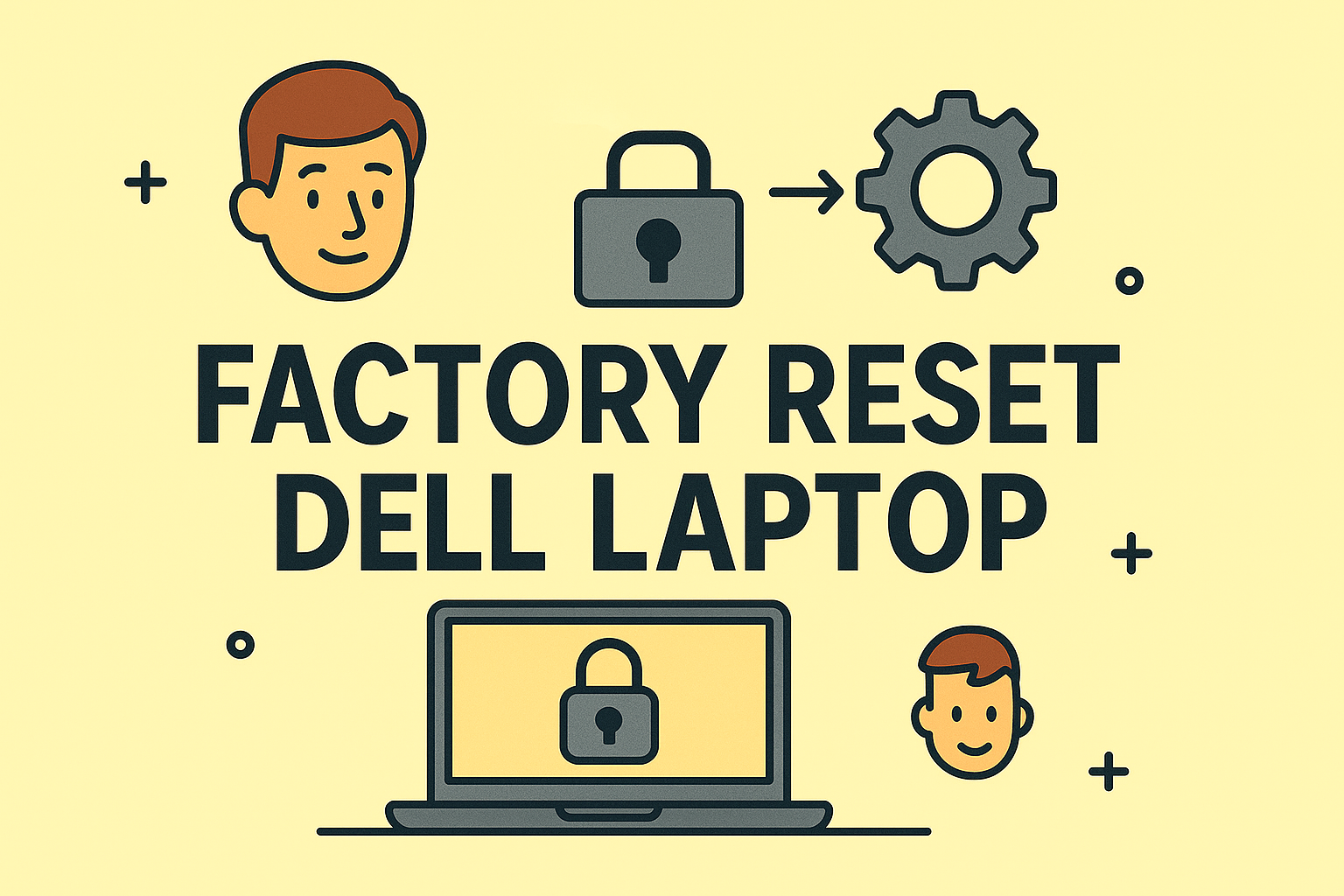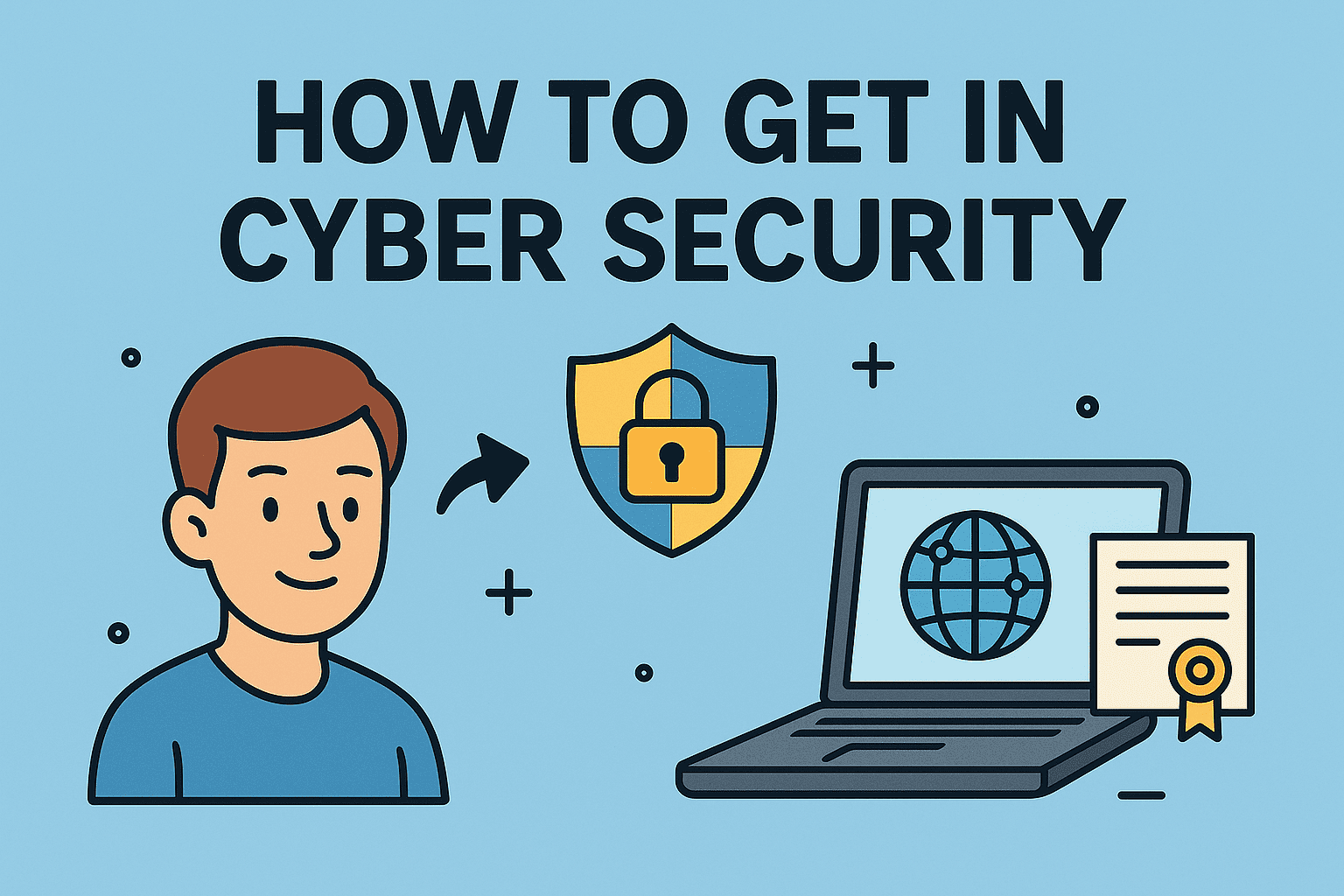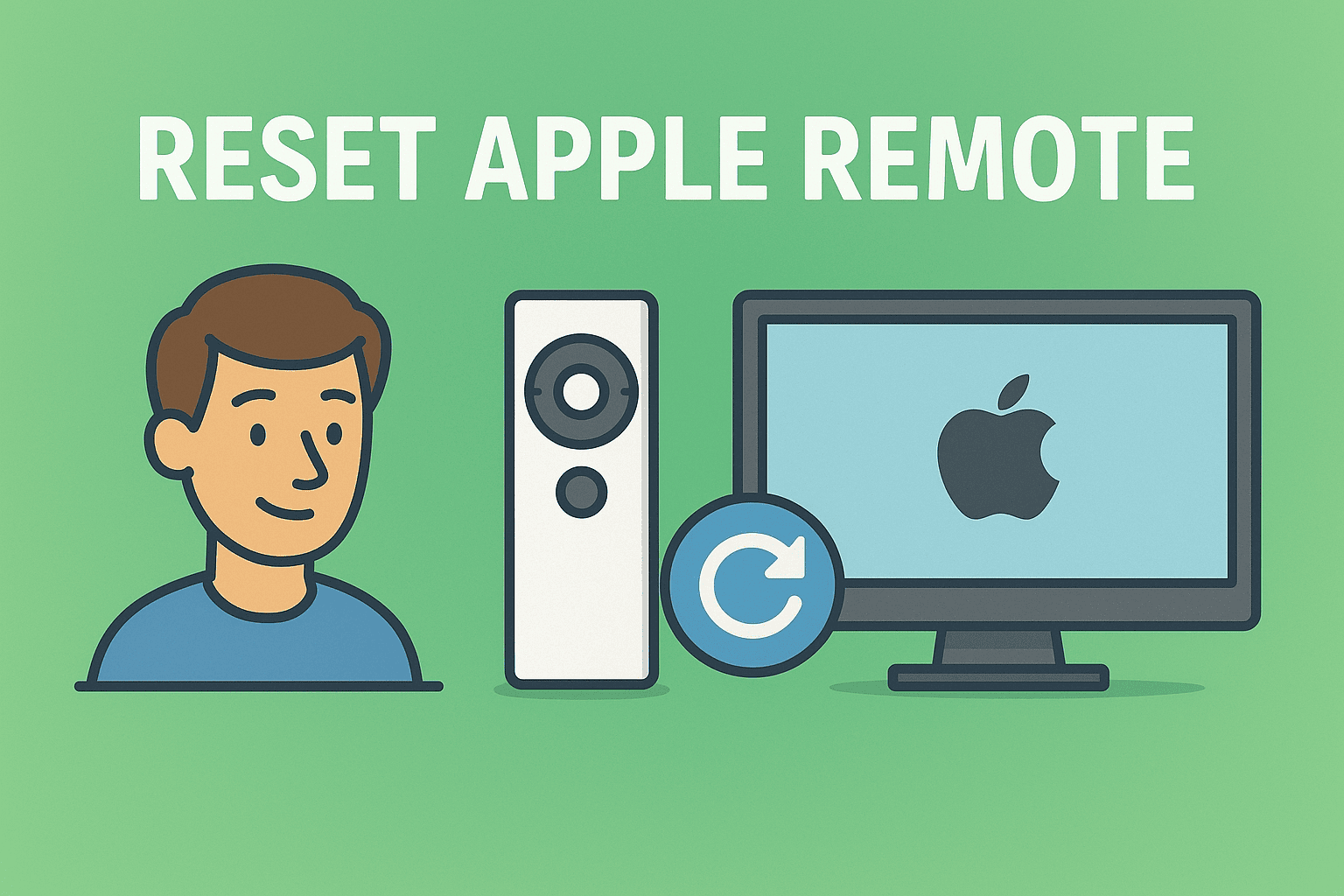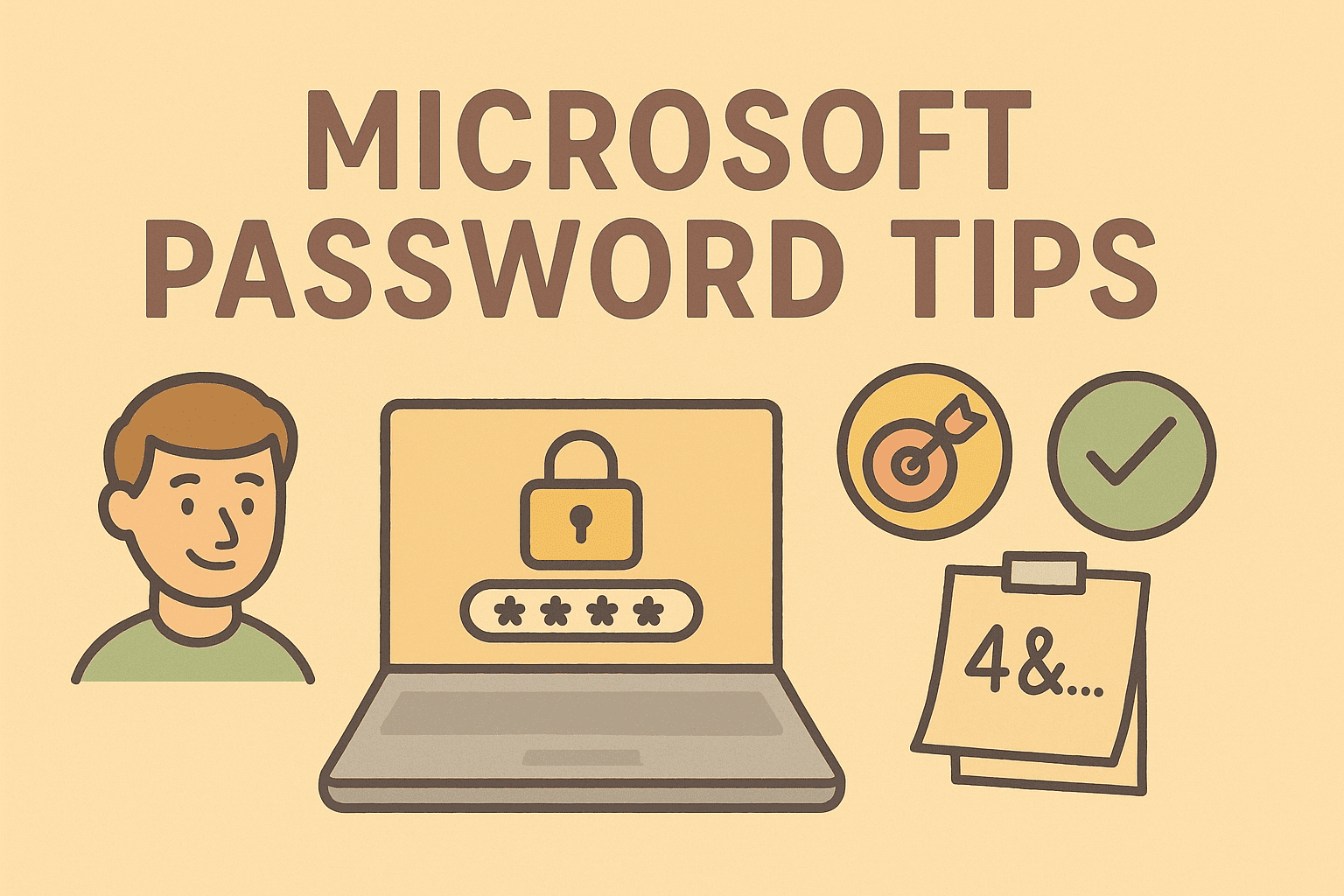Introduction: Can You Trust Anyone on Your Network?
Updated on June 3, 2025, by ITarian
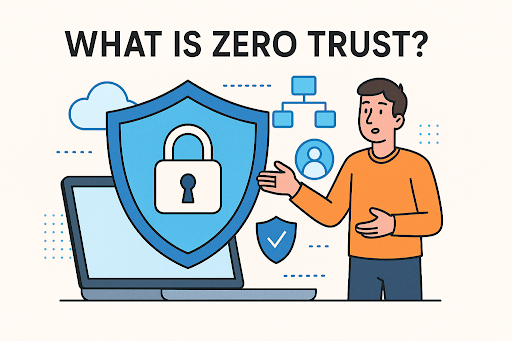
In a digital age where cyberattacks are increasing in both volume and sophistication, traditional perimeter-based security models are proving to be obsolete. This begs the question: What is Zero Trust, and why is it rapidly becoming the gold standard in cybersecurity?
Whether you’re an IT manager, CEO, or cybersecurity analyst, understanding Zero Trust is essential for protecting data, users, and infrastructure in a cloud-first world. This article explores what Zero Trust is, how it works, and how to implement it effectively.
What is Zero Trust?
Zero Trust is a cybersecurity framework that operates on the principle of “never trust, always verify.” Unlike traditional security models that assume everything inside a network is trustworthy, Zero Trust continuously authenticates and authorizes every user, device, and application, regardless of location.
Key Principle:
Assume breach, and verify each request as though it originates from an open network.
This model enforces strict access controls, minimizes user privileges, and continuously monitors for anomalies, offering a robust defense against modern threats.
What is Zero Trust Architecture?
Zero Trust Architecture (ZTA) is the technical foundation for implementing a Zero Trust strategy. It includes policies, processes, and tools that work together to protect an organization’s assets based on identity, context, and risk.
Core Components:
- Identity and Access Management (IAM)
- Multi-Factor Authentication (MFA)
- Least Privilege Access Control
- Micro-Segmentation
- Real-time Monitoring and Analytics
- Endpoint Detection and Response (EDR)
ZTA creates a dynamic, policy-based security environment that continuously adapts to threats and user behavior.
What is Zero Trust Security?
Zero Trust Security is the practical application of the Zero Trust framework to protect users, data, and systems. It includes tools, procedures, and technologies aimed at enforcing Zero Trust principles across an organization’s IT infrastructure.
Benefits of Zero Trust Security:
- Reduces attack surface
- Improves data protection
- Prevents lateral movement of threats
- Enhances visibility into user behavior
- Facilitates compliance with GDPR, HIPAA, etc.
Zero Trust Security is particularly valuable for remote work environments, BYOD policies, and multi-cloud infrastructures.
What is Zero Trust Network Access (ZTNA)?
Zero Trust Network Access is a specific implementation that controls access to internal applications and systems based on strict identity verification. ZTNA replaces traditional VPNs by providing more granular, context-aware access.
ZTNA Features:
- User and device authentication before connection
- Application-level access control
- Encrypted communication channels
- Continuous session validation
ZTNA ensures that only verified users and compliant devices can access specific applications, regardless of their physical or network location.
Traditional Security vs. Zero Trust: What’s the Difference?
| Feature | Traditional Security | Zero Trust |
| Trust Model | Trust inside the perimeter | Trust no one |
| Network Perimeter | Static | Dynamic/No perimeter |
| Access Control | Broad access | Least privilege |
| Monitoring | Periodic | Continuous |
| Scalability | Limited | Cloud-native, scalable |
Why Zero Trust Matters More Than Ever
The digital landscape has changed:
- Remote work is the new normal
- Cloud adoption is exploding
- Attack surfaces are expanding
- Cyberattacks are more targeted and sophisticated
Zero Trust addresses these challenges by treating every access attempt as a potential threat, thereby minimizing exposure and containing breaches before they cause damage.
How to Implement Zero Trust in Your Organization
Implementation requires a phased approach. Here’s a step-by-step guide:
- Identify your protected surface (data, apps, assets, services)
- Map the transaction flows (how resources interact)
- Establish Zero Trust policies (least privilege, micro-segmentation)
- Monitor and maintain (continuous verification and logging)
- Use security automation tools for scaling and response
Key Tools:
- Identity Providers (e.g., Okta, Azure AD)
- Endpoint Protection (e.g., CrowdStrike, Itarian)
- Secure Access Tools (e.g., Zscaler, Cisco Duo)
Industries That Benefit from Zero Trust
Zero Trust is industry-agnostic but especially critical in:
- Finance – Protects sensitive transactions and user data
- Healthcare – Secures Electronic Health Records (EHRs)
- Retail – Guards customer data and payment systems
- Government – Prevents espionage and data leaks
- Legal – Ensures confidentiality and compliance
FAQs on Zero Trust
Q1: Is Zero Trust only for large enterprises?
No. Small and medium-sized businesses can benefit from Zero Trust using cloud-native solutions.
Q2: Does Zero Trust require replacing existing infrastructure?
Not necessarily. You can integrate Zero Trust principles with current tools and platforms.
Q3: How long does Zero Trust implementation take?
It depends on the organization’s size and complexity, but generally follows a phased approach over several months.
Q4: Can Zero Trust prevent ransomware?
It significantly reduces the risk by limiting lateral movement and continuously verifying access.
Q5: Is Zero Trust compatible with cloud environments?
Yes. It is particularly suited for multi-cloud and hybrid environments.
Final Thoughts: Trust No One, Verify Everything
So, what is Zero Trust? It’s not just a buzzword—it’s a necessary shift in mindset and security posture for the modern digital landscape. By verifying every request, limiting access, and continuously monitoring, Zero Trust dramatically improves your cybersecurity resilience.
Ready to strengthen your cybersecurity strategy? Sign up now with Itarian and start building your Zero Trust foundation today.


